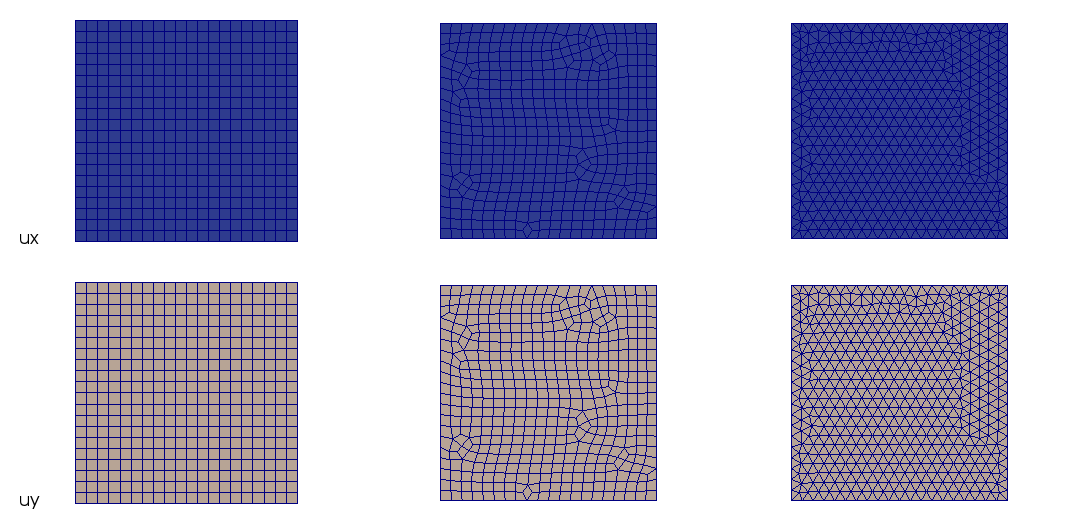Seismic activity caused by field development has become a reason for public concern in the Netherlands, Germany and United States that resulted in cut or even stop of energy production projects. The nature of such events is a stick-slip frictional instability of pre-existed fractures and faults. Field development causes the redistribution of stresses over the reservoir and surrounding formations which may trigger seismic rupture at critically stressed discontinuities.
We are developing the approach based on the poromechanical simulation that incorporates contact mechanics for fractures. Finite Volume Method with multi-point discretization is used for both mass and momentum balance equations11 . Such approach allows to obtain solution using collocated grid and subsequently to use effective preconditioning strategies for linear system. Discrete Fracture Model is employed to accurately resolve prescribed fractures in unstructured grid. Fully implicit coupling is used to obtain unconditionally stable solution and to create the basis for the investigation of applicability and performance of sequential coupling techniques for this particular problem. Incorporated nonlinearities resulted from inelastic response of the rock, fault weakening or multiphase multicomponent flow is handled using OBL approach.
The main goal of the project is to use this modelling framework to perform simulation of ongoing experimental investigations of soil compaction and frictional response at core-scale. Model adaptation on experimental results will allow to estimate the contribution of different factors causing fault reactivation and to approach to the upscaling of constitutive laws for field-scale predictive modelling of induced seismicity. An example of mechanical displacement for a simple problem when material is pushed from left boundary at different types of unstructured meshes is shown in Fig.9. Fixed top and bottom boundaries cause high shear stresses near left corners and vertical expansion deeper in the body.

